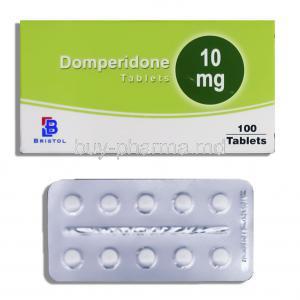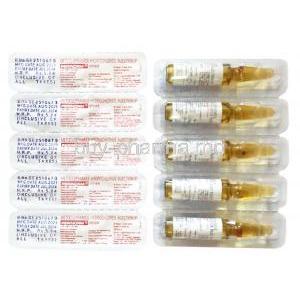Camylofin/ Paracetamol
- Introduction to Camylofin and Paracetamol
- Uses of Camylofin/Paracetamol
- How Camylofin/Paracetamol Works
- Dosage and Administration Guidelines
- Composition of Camylofin/Paracetamol Combination
- Side Effects of Camylofin/Paracetamol
- Important Warnings and Precautions
- Contraindications for Use
- Drug Interactions
- Administration in Special Populations
- Storage and Handling Guidelines
- Overdosage and Its Management
- Careful Administration Practices
- Off-Label Uses of Camylofin/Paracetamol
Introduction to Camylofin and Paracetamol
Camylofin, a potent antispasmodic, belongs to the class of smooth muscle relaxants. It works by inhibiting calcium influx, thereby reducing muscle contractions and alleviating spasms. Its targeted action ensures effective relief in conditions involving visceral pain.
Paracetamol, also known as acetaminophen, is a widely used analgesic and antipyretic. It primarily functions by inhibiting prostaglandin synthesis in the central nervous system, offering relief from pain and fever with a favorable safety profile.
The combination of Camylofin and Paracetamol is particularly beneficial in addressing pain and spasms simultaneously. This synergy not only enhances efficacy but also reduces the need for multiple medications, thereby improving patient compliance.

Uses of Camylofin/Paracetamol
The combination of Camylofin and Paracetamol is employed in a variety of therapeutic contexts:
- Effective in managing acute and chronic pain, providing quick relief.
- Relieves gastrointestinal spasms and cramps, commonly seen in digestive disorders.
- Addresses menstrual pain (dysmenorrhea), a prevalent concern among women.
- Useful in managing headaches and migraines, where muscular tension plays a role.
- Administered for postoperative pain relief, ensuring patient comfort during recovery.
How Camylofin/Paracetamol Works
Camylofin operates by directly relaxing smooth muscles through calcium channel blockade, which diminishes muscular contractions. This action is pivotal in reducing spasmodic pain.
Paracetamol, conversely, modulates the pain threshold in the brain while simultaneously lowering elevated body temperatures. Its dual action makes it indispensable in pain and fever management.
The combination ensures a synergistic effect, where Camylofin's spasmolytic properties complement Paracetamol's analgesic abilities, offering comprehensive relief from discomfort.

Dosage and Administration Guidelines
The dosage of Camylofin/Paracetamol varies based on the patient's age and clinical condition:
- Adults: Typically prescribed at 1-2 tablets every 6-8 hours as needed.
- Elderly patients: Dosage adjustments may be necessary to accommodate reduced metabolic rates and potential comorbidities.
- Children: Pediatric dosages are calculated based on body weight and clinical necessity.
It is generally advised to take the medication with food to minimize gastrointestinal irritation. In cases of missed doses, the medication should be taken as soon as remembered, unless the next dose is imminent. Overdosing requires immediate medical attention.
Composition of Camylofin/Paracetamol Combination
The combination typically comprises:
- Camylofin: 50 mg to 100 mg per tablet.
- Paracetamol: 325 mg to 500 mg per tablet.
It is available in various formulations, including tablets and injections. Inactive excipients are added to enhance stability and bioavailability.
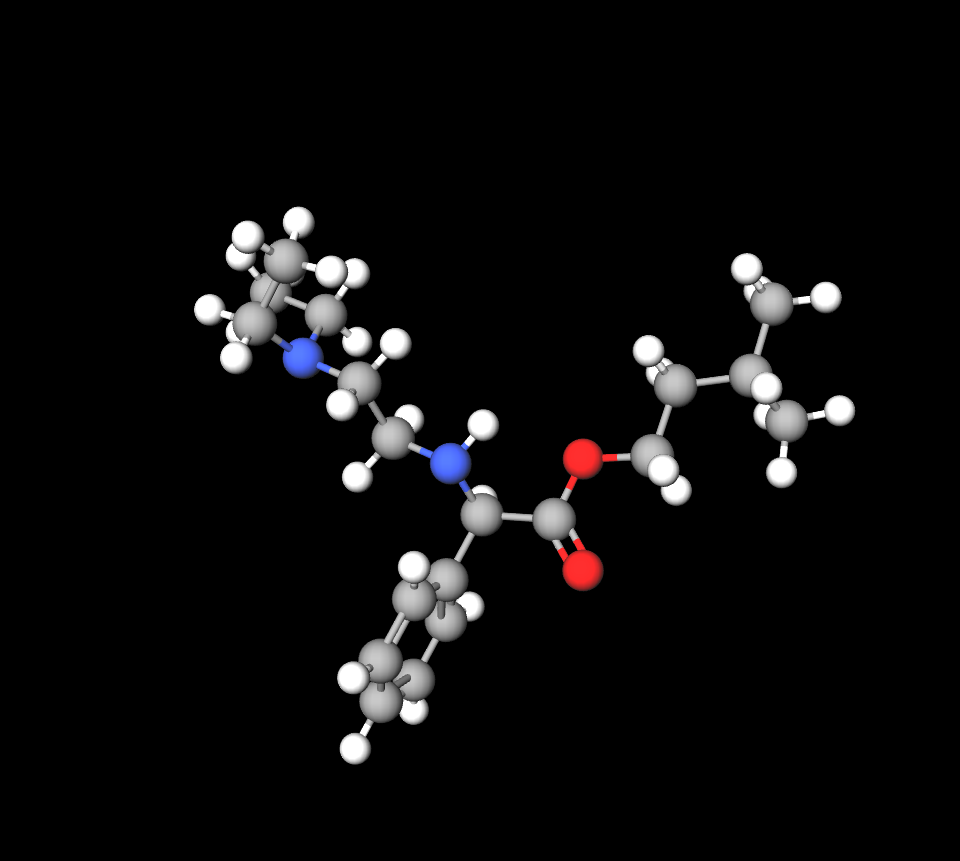
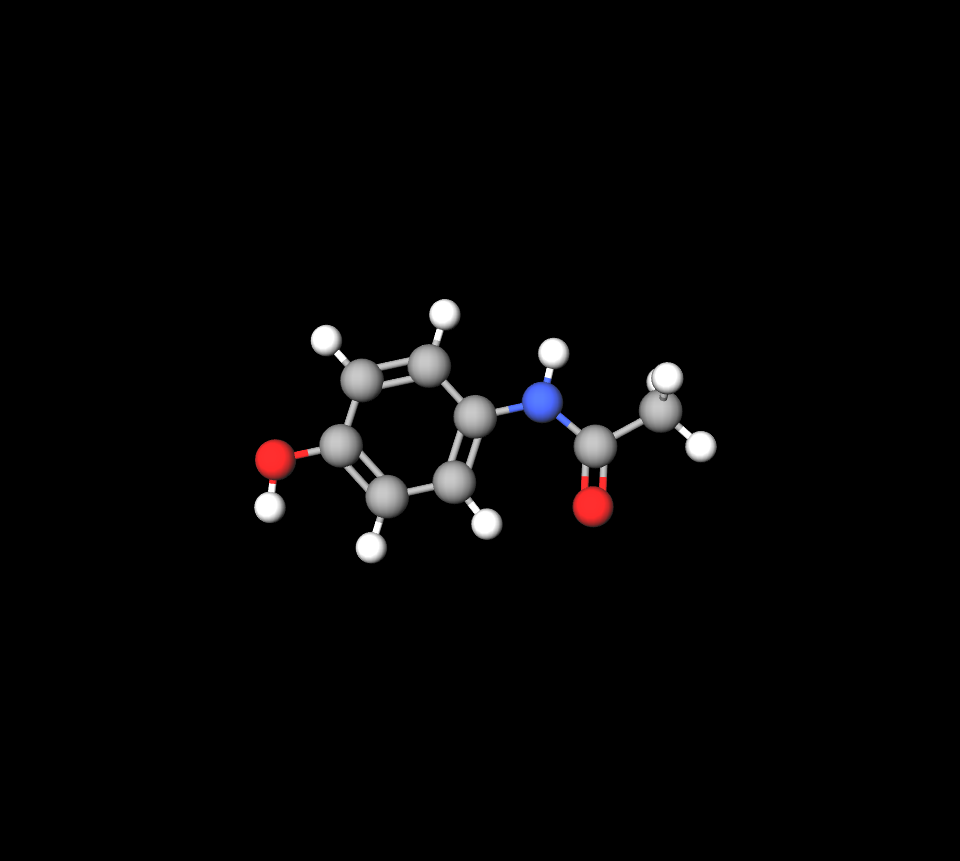
Acetaminophen vs Paracetamol
Acetaminophen and paracetamols are essentially the things referring to a compound called para-acetylaminophanol, commonly recognized by its branded name, TyIenoI, especially in the United States.
Paracetamol vs ibuprofen
Paracetamol and ibuprofen operate differently; hence, paracetamol proves effective than ibuprofen for pain conditions like headaches and stomachaches typically respond well to paracetamol treatment, whereas ibuprofen may be more suitable for alleviating period pain or toothache discomfort.
Aceclofenac paracetamol
This mix helps alleviate pain and reduce inflammation in ailments such as osteoarthritis and rheumatoid arthritis as musculoskeletal disorders. Aceclofenac works to combat inflammation while Paracetamol provides pain relief and lowers fever levels.
Side Effects of Camylofin/Paracetamol
While generally safe, some side effects may occur:
- Common: Nausea, vomiting, dizziness, and mild gastrointestinal discomfort.
- Rare and severe: Allergic reactions, hepatotoxicity, and cardiovascular implications in predisposed individuals.
To minimize adverse effects, adherence to prescribed dosages is essential. Hydration and avoiding alcohol can further reduce risks.

Important Warnings and Precautions
Certain precautions should be observed when using this medication:
- Avoid in cases of hypersensitivity to either component.
- Prolonged use necessitates monitoring for signs of liver damage.
- Alcohol consumption during treatment is contraindicated to prevent hepatotoxicity.
Careful administration is recommended in individuals with a history of dependency or misuse.
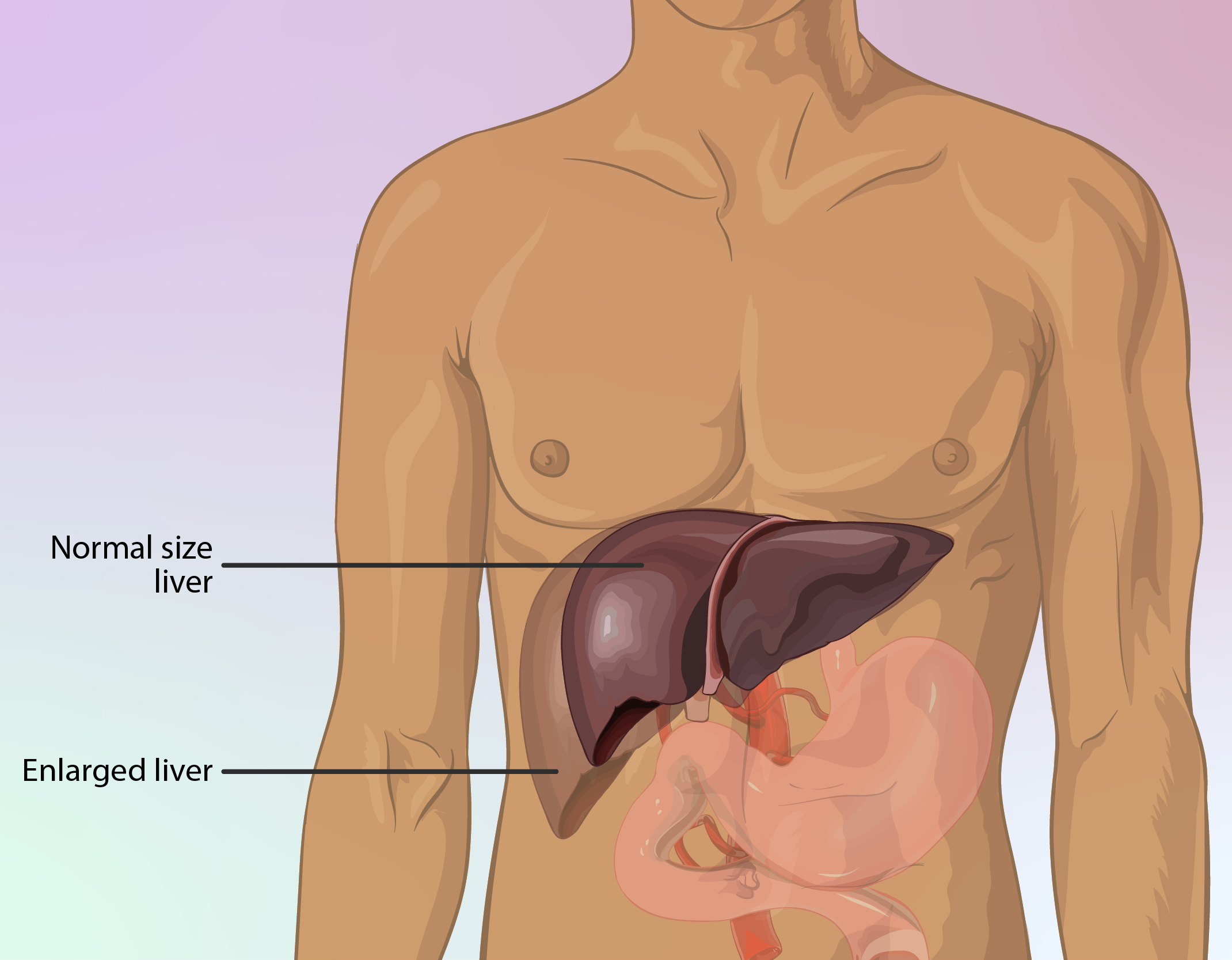
Paracetamol toxicity cats
The presence of oxygen in the system due to toxic substances results in cats poisoned by paracetamol experiencing difficulty breathing where their gums and tongue might change color to shades ranging from blue to brown while their heart rate increases noticeably. Visible symptoms include swelling in the face and paws along, with episodes of vomiting and colored urine.
Contraindications for Use
The combination is contraindicated in:
- Individuals with known allergies to Camylofin or Paracetamol.
- Patients with pre-existing liver or kidney disorders.
- Those with a history of gastrointestinal bleeding or ulcers.
- Patients taking contraindicated medications such as anticoagulants or other NSAIDs.
Strict adherence to contraindications ensures patient safety and optimal therapeutic outcomes.
Drug Interactions
Drug interactions can significantly alter the efficacy and safety profile of Camylofin/Paracetamol. Awareness of these interactions is crucial for optimal therapeutic outcomes:
- NSAIDs: Concurrent use may amplify gastrointestinal irritation or bleeding risk, particularly in predisposed individuals.
- Antidepressants: Certain antidepressants, particularly SSRIs and MAO inhibitors, may interact adversely, requiring close monitoring.
- Antihypertensives: Potential reductions in antihypertensive efficacy have been observed, necessitating dosage adjustments.
Dietary supplements such as St. John's Wort or high doses of vitamin C may either potentiate or inhibit the action of these drugs, underscoring the need for disclosure of supplement use during consultations. Alcohol and caffeine intake should be minimized as they may exacerbate adverse effects or compromise therapeutic efficacy.
Administration in Special Populations
Administration to Elderly Patients
The elderly population requires meticulous attention to dosage and monitoring. Age-related physiological changes, such as reduced hepatic and renal function, necessitate tailored regimens. Additionally, the potential for polypharmacy in this demographic increases the risk of adverse interactions and side effects.
Administration to Pregnant Women and Nursing Mothers
The safety profile during pregnancy is largely favorable when used under medical supervision. However, prolonged or high-dose usage is generally discouraged due to potential fetal risks. For nursing mothers, while Paracetamol is considered safe, Camylofin's excretion in breast milk warrants caution and careful monitoring of the infant.

Administration to Children
When giving medicine to children, they must follow the recommended dosage based on their weight carefully to avoid any risks of overdosing, which can cause harm to them. It's very important for doctors to carefully consider the advantages and disadvantages before prescribing this combination of medications to patients.
Storage and Handling Guidelines
Proper storage is pivotal in preserving the medication's efficacy:
- Storage Conditions: Maintain at a temperature below 25°C, away from direct sunlight and moisture.
- Handling Precautions: Avoid handling the medication with wet hands to prevent contamination.
- Shelf Life: Regularly check expiry dates and discard any medication past its shelf life.
Ensuring adherence to these guidelines minimizes the risk of compromised efficacy or accidental misuse.
Overdosage and Its Management
Overdosage is a serious concern that requires immediate medical intervention. Symptoms may include:
- Severe nausea and vomiting, indicating potential gastrointestinal distress.
- Liver damage, often manifesting as jaundice or elevated liver enzyme levels.
- Respiratory depression, particularly in severe cases, can be life-threatening.
Emergency treatment involves gastric lavage and administration of activated charcoal to reduce drug absorption. Antidotes such as N-acetylcysteine are employed for Paracetamol-induced hepatotoxicity. Long-term monitoring is essential to address any residual organ damage.
Careful Administration Practices
Following the recommended dosages is crucial for using medication effectively. Careful observation of how patients react to the treatment is especially important for those at risk to prevent side effects. Doctors should stress the importance of following treatment guidelines and educate patients on spotting signs of reactions early on.
Off-Label Uses of Camylofin/Paracetamol
Though not formally approved, the combination has demonstrated efficacy in several off-label applications:
- Management of muscle spasms in non-gastrointestinal conditions.
- Relief of neuropathic pain when traditional medications are ineffective.
- Adjunctive therapy in certain autoimmune conditions to alleviate pain and inflammation.
Scientific studies and anecdotal evidence suggest promising benefits, yet off-label use necessitates a cautious approach. Physicians should weigh the potential risks and benefits meticulously before prescribing outside approved indications.
Camylofin/ Paracetamol FAQ
- How long does paracetamol take to work?
- What happens if you drink alcohol after taking paracetamol?
- How long does it take for paracetamol to work?
- When can i take paracetamol after naproxen?
- How long does paracetamol last?
- paracetamol vs ibuprofen: which is safer?
- Can you take paracetamol when pregnant?
- How does paracetamol know where the pain is?
- How long after taking sumatriptan can I take paracetamol?
- What is Camylofin used for?
- Can I take Camylofin for period pain?
- What is the classification of Camylofin?
- What is the mechanism of action of Camylofin dihydrochloride?
- What are the side effects of Camylofin dihydrochloride and paracetamol syrup?
- Is camylofin safe?
How long does paracetamol take to work?
It typically takes an hour for Paracetamol to kick in, and its benefits can persist for up to 5 hours thereafter without any long-term concerns if consumed consistently within the prescribed dosage over time.
What happens if you drink alcohol after taking paracetamol?
It is recommended to steer clear of alcohol when taking paracetamol, as mixing the two can pose risks to your liver and potentially cause harm or damage if consumed without instructions on dosages and timing for both substances.
How long does it take for paracetamol to work?
It usually takes an hour for Paracetamol to kick in. Its benefits can be felt for up to 5 hours once that time frame is over.
When can i take paracetamol after naproxen?
It's safe to combine Paracetamol with Codeine and Naproxen as you stick to the recommended daily dose limits of 24 hours or less. You should take your pain relief medication promptly when you're feeling uncomfortable to prevent it from worsening into something.
How long does paracetamol last?
It often takes an hour for Paracetamol to start working, and its effectiveness can last for up to 5 hours.
paracetamol vs ibuprofen: which is safer?
Consumption of paracetamol in excess could potentially harm the liver, and ibuprofen may cause problems and affect the kidneys in children with medical conditions. Nonetheless, if taken as prescribed ( following the given guidelines ), both drugs are typically regarded as safe to use.
Can you take paracetamol when pregnant?
Paracetamol is frequently chosen as a pain relief option during pregnancy since it is widely used and considered safe for the baby.
How does paracetamol know where the pain is?
It seems like paracetamol works by blocking brain chemicals that communicate pain signals to the rest of the body. It can also reduce fever by affecting the brain area that controls temperature regulation functions.
How long after taking sumatriptan can I take paracetamol?
Merging these two medicines is totally okay. It can actually be helpful in easing symptoms.
What is Camylofin used for?
Camylofin is prescribed to treat cramps by acting as an anticholinergic that helps relax the muscles in the stomach and intestines.
Can I take Camylofin for period pain?
Camylofin is prescribed to alleviate discomfort by inhibiting enzymes and chemicals in the body to regulate muscle contractions effectively. This mechanism helps ease bloating. Provides relief from tract infections as well as stomach pain and cramps associated with painful menstrual periods.
What is the classification of Camylofin?
Neuropsychiatric agent DG01491 Muscarinic cholinergic receptor antagonist
What is the mechanism of action of Camylofin dihydrochloride?
It exerts a calcium channel-blocking influence by acting on smooth muscle, which helps alleviate spasmodic contractions of the smooth muscle and promotes cervical dilation.
What are the side effects of Camylofin dihydrochloride and paracetamol syrup?
Some individuals might feel lightheadedness or dizziness and encounter symptoms like nausea (feeling unwell) issues (constipation or bloating) and skin issues, like rashes and hives.
Is camylofin safe?
Yes





